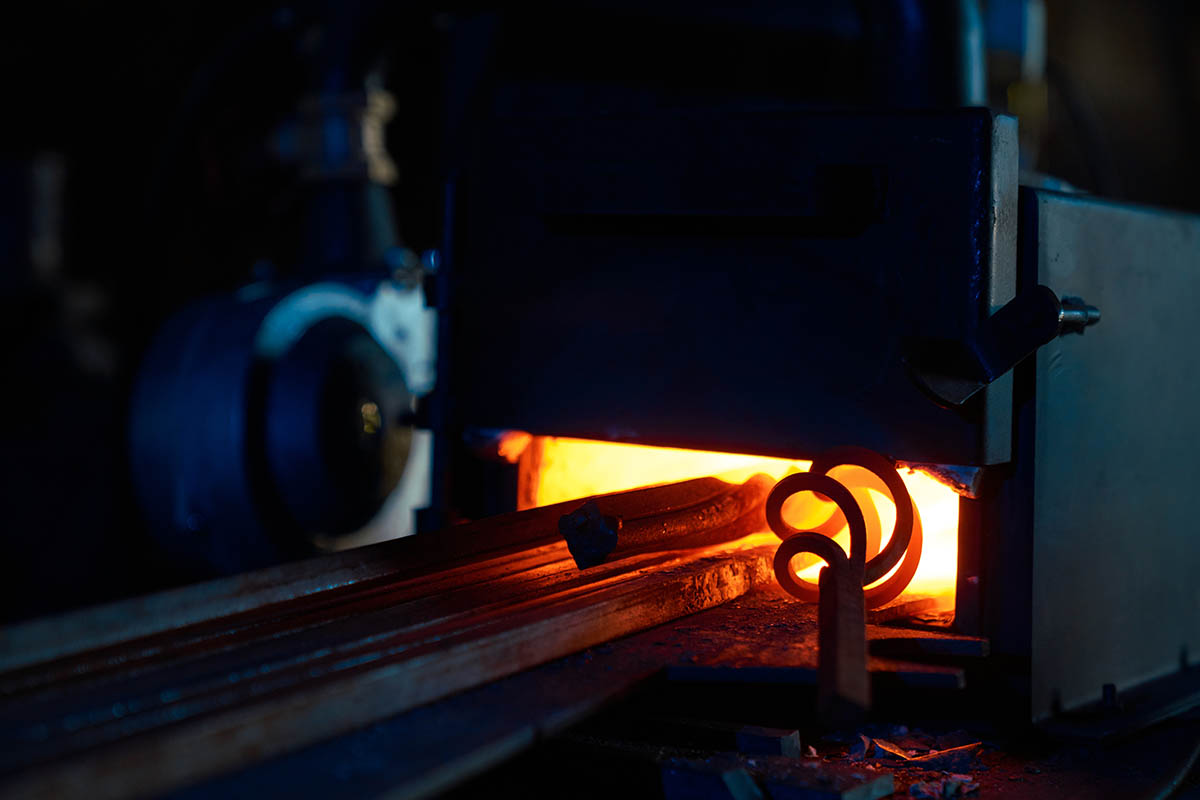Comprehensive Guide on Heat Treatment Services
Welcome to our comprehensive guide on heat treatment services!
From annealing to hardening and everything in between, we’ll take you on a journey through the world of heat treatment.
So, grab your safety goggles and join us as we dive into the fascinating realm of transforming metals with precision and expertise.
Let’s uncover the secrets behind achieving optimal strength, durability, and performance – it’s time to unlock the power of heat treatment!
There are four main types of heat treatment services: annealing, normalizing, hardening, and tempering. Each type of heat treatment service has its own unique process and purpose.
Types of Heat Treatment Services
There are four main types of heat treatment services: annealing, normalizing, hardening, and tempering. Each type of heat treatment service has its own unique process and purpose.
- Annealing: Annealing is a heat treatment process that is used to soften the metal. This process is often used on metals that will be cold-worked or hot-worked. Annealing helps to improve the ductility and workability of the metal.
- Normalizing: Normalizing is a heat treatment process that is used to refine the structure of the metal. This process is often used on metals that have been cast or welded. Normalizing helps to improve the strength and hardness of the metal.
- Hardening: Hardening is a heat treatment process used to increase the metal’s hardness. This process is often used on metals subject to wear and tear. After hardening, shot blast media is applied to clean the surface and remove any impurities. This enhances the metal’s surface finish and improves its resistance to fatigue and cracking.
- Tempering: Tempering is a heat treatment process that is used to relieve stress in the metal. This process is often used on metals subject to hardening or other methods that can cause stress in the metal. Tempering helps to improve the toughness and flexibility of the metal. Expert services, like AxiomHT heat treatment services, can be tailored to suit your specific needs and requirements.
What Heat Treatment Service is Right For You?
The specific heat treatment services you require can be determined by evaluating your material and its desired properties.
First, assess the type of material you are working with and its intended application. Consider factors such as the material’s composition, hardness, and desired strength or durability.
Next, identify the specific properties that need to be modified through heat treatment, such as improving wear resistance, increasing hardness, enhancing ductility, or reducing internal stresses.
Additionally, consider any industry or regulatory requirements that may dictate the specific heat treatment processes to be employed.
By carefully analyzing these factors, you can effectively determine the appropriate heat treatment services needed to achieve the desired outcomes for your material.
Benefits of Heat Treatment Services
There are many benefits of heat treatment services.
Heat treatment can improve metals’ strength, hardness, flexibility, and toughness. It can also change the microstructure of metals, making them more resistant to wear and tear.
Heat treatment can also help prevent corrosion and extend the lifespan of metal products.
How to Choose the Right Heat Treatment Service Provider
When choosing a heat treatment service provider, several important factors must be considered. The first is the type of heat treatment services that you require. The second factor to consider is the experience of the heat treatment service provider. The third factor to consider is the cost of the heat treatment services.
It is also important to consider the customer service offered by the heat treatment service provider.
Tips for Maintaining Quality with Heat Treatment Services
There are a few key things to keep in mind when working with heat treatment services in order to maintain quality:
- Communication is key. Be sure to clearly communicate your expectations and specifications to your chosen heat treatment service provider. If there are any changes or updates, be sure to relay this information as soon as possible.
- Be consistent. Consistency is important when it comes to heat treatment services in order to maintain quality. Make sure that you use the same service provider and follow the same process each time in order to achieve consistent results.
- Monitor the process. It is important to monitor the heat treatment process closely in order to ensure that everything is going according to plan and that the desired results are being achieved.
Conclusion
Heat treatment services are essential for many industries, and a comprehensive understanding of the different types is critical to choosing the right one.
This guide has provided an overview of the various heat treatments available, their benefits, and how they can be used in industrial applications.
With this knowledge, you should be able to make an informed decision when selecting a suitable heat treatment service for your project needs.




















